The girls like to send their penpals fun stuff for Valentine's Day (penpal moms....shh! it's a surprise LOL). I found a great craft in Wondertime Magazine that combines crayons and cookie cutters. For our first batch, I lined a small glass pan with foil and baked it. You can also use little foil cupcake liners in a muffin pan. After melting the wax into liquid, carefully remove the glass or muffin pan with a steady hand from the oven and let it cool. If you're not careful, the colors will really mix and won't show the fun swirls of color.
CRAYON NECKLACES(our Valentine's Day craft)
Materials:
Foil Muffin Cup liners OR a glass pan lined with foil OR silicone muffin pans or liners (we used heart shaped)
*Peeled crayon pieces (old nubs are good; we used brand new crayons we purchased during the back to school sales--1 box was $.10).
Small Cookie Cutters (we used a heart, cow, pig and duck)
6 Inch wooden skewer(s) (to pierce holes to make a necklace)
Satin cord or ribbon
DIRECTIONS
1. Heat the oven to 300 degrees F.
2. Place foil liners in muffin tin OR line the glass dish with foil OR get out your silicon muffin pan or cupcake holders
3. Fill each liner with crayon pieces (for the muffin tin or tin w/liners, about 3 to 4 crayons worth; for the small glass pan, fill the pan with a single layer of crayons, then add a second layer on top)
4. Bake until just melted: 5 to 8 minutes for the muffin size, 10-15 minutes for the small glass pan
5. Let cool until wax is still soft but no longer liquidy, 5 to 10 minutes. It will take longer for the small glas span to cool (15 to 20 minutes). If you start to cut when it is not hard enough, you get fingerprints in the crayons.
6. Remove foil liners from tin and gently peel out wax. Press cookie cutters into wax and gently push out shape.
*For the silicon muffin pan (or cups), poke the hole while still in the pan (be sure it goes all the way through) and let it completely cool in the pan (these are different because we already have our shapes, no need to use cookie cutters).
7. Poke a skewer through each shape that was cut out, and leave it until wax is hard. (we actually poked the hole and pulled the skewer out to cool, it seemed to work fine)
8. Once cool, thread a piece of ribbon or satin cord through the hole and tie a knot. Make sure the ribbon is long enough to slip the necklace on and off. We used neon color cording from a local craft store. The holes are rather small, so cording used for beads works the best.
*A note about crayons: Peeling Crayola crayons is difficult because they use a double heat and wrap process. To make it easier, have a parent score down the length of the paper with a box cutter OR soak the crayons in water to loosen the paper; just be sure to paper towel try them before putting in the muffin tins. Because of the current economy and the troubles with products from China, we used Crayola crayons, made in the USA. (Of course, that doesn't guarantee the paraffin didn't come from China or some other country).
And because I like to get the "inside scoop" on creative recipes and crafts to decrease my trial and error time:
TIPS
- The smaller the size of the crayon piece, the more intricate colors. Shave some of the crayon at the bottom (use a crayon or pencil sharpener for shavings) and then add small pieces of different colors for a better variety of color in the crayon.
- The foiled lined pan method created rather bumpy crayons. The silicon pan method yielded really smooth crayons.
- Also, the smaller the size of the crayon pieces, the more evenly it will melt. In a few of our's, we had a couple larger pieces and they didn't melt as well.
And, of course, the added educational portion of our craft:
Crayola Fun Facts:
-The crayola factory produces 650 crayons/minute and 14.2 million per day!
-Since younger users of crayons may have a tendency to peel off a crayon label and ingest it, Binney & Smith uses a non-toxic cornstarch and water mixture for the glue that holds the label on the Crayola crayon. Before 1943, crayons were hand-wrapped by farmers in the winter months to supplement their income.
-Crayola crayons are produced from Paraffin.
Paraffin is the common name for the alkane hydrocarbons with the general formula CnH2n+2. Paraffin wax refers to the solids with n=20–40. Paraffin wax, are from the heaviest molecules from C20H42 to C40H82. Paraffin wax is mostly found as a white, odorless, tasteless, waxy solid, with a typical melting point between about 47 °C to 64 °C ( 116.6°F to 147.2°F), and having a density of around 0.9 g/cm3. It is insoluble in water, but soluble in ether, benzene, and certain esters (it is non-polar). Paraffin is unaffected by most common chemical reagents, but burns readily. Petroleum is composed of saturated hydrocarbons and some aromatics and parrafin.
Our crayons come from petroleum (just like our gas). Here's a diagram:
Click on the Picture to view full-sized
Hope you have some crayon fun!


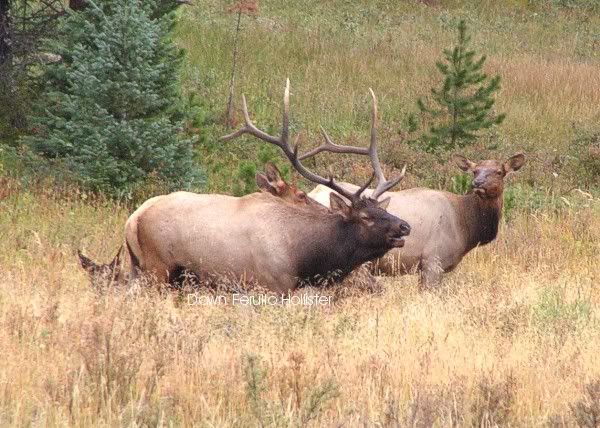

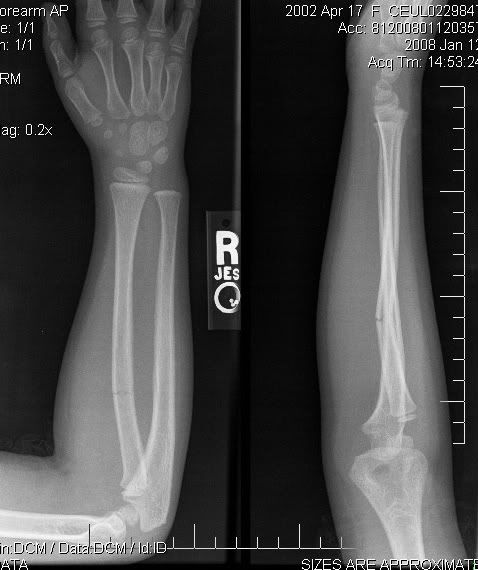



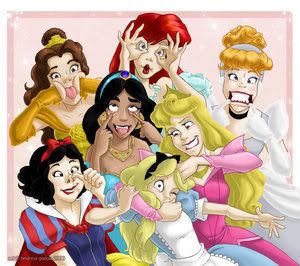






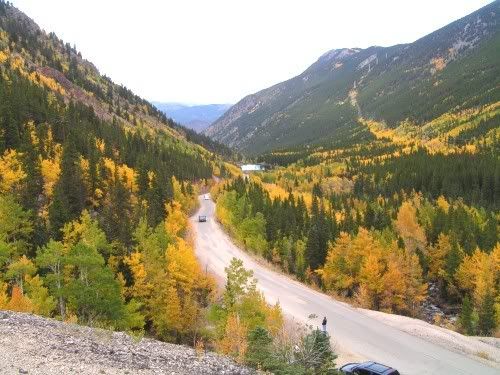
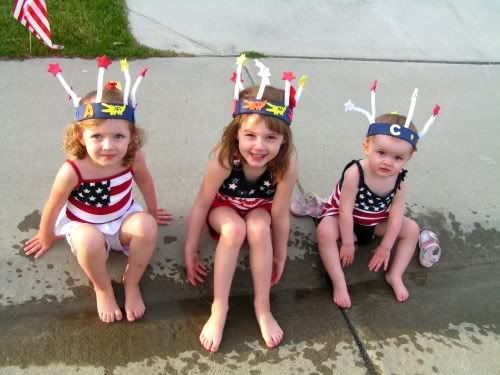
1 comments:
Fun!
I've been saving broken crayons for almost a year - meaning to do one of these projects! Now that you've posted such cute picture/instructions, maybe I'll actually get around to it!
Post a Comment